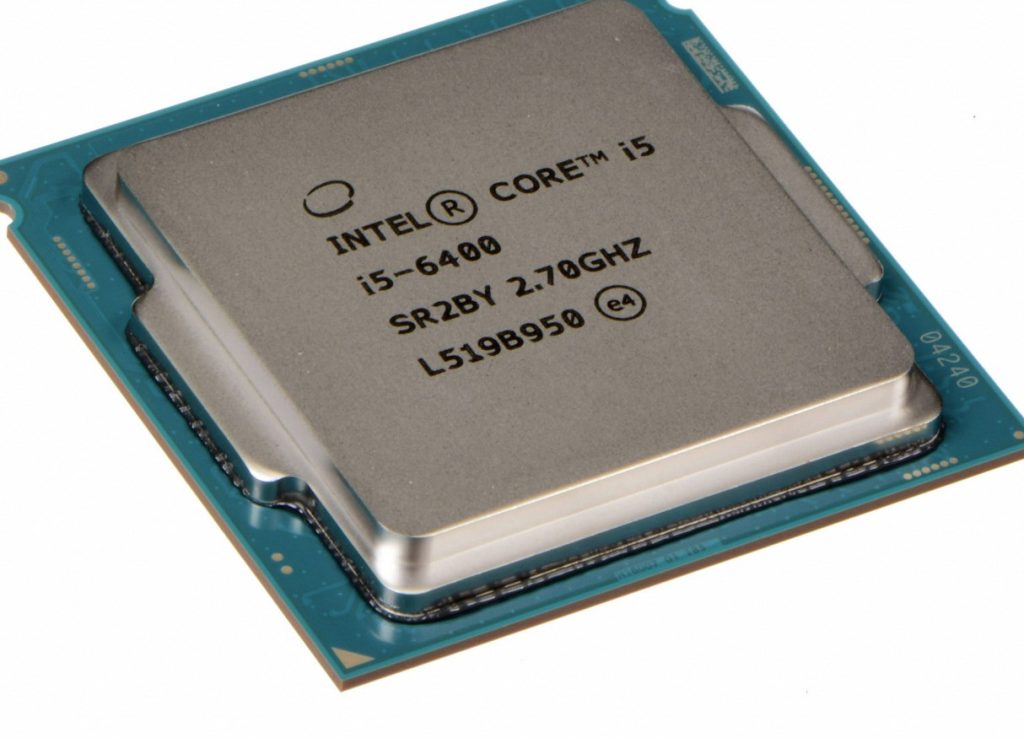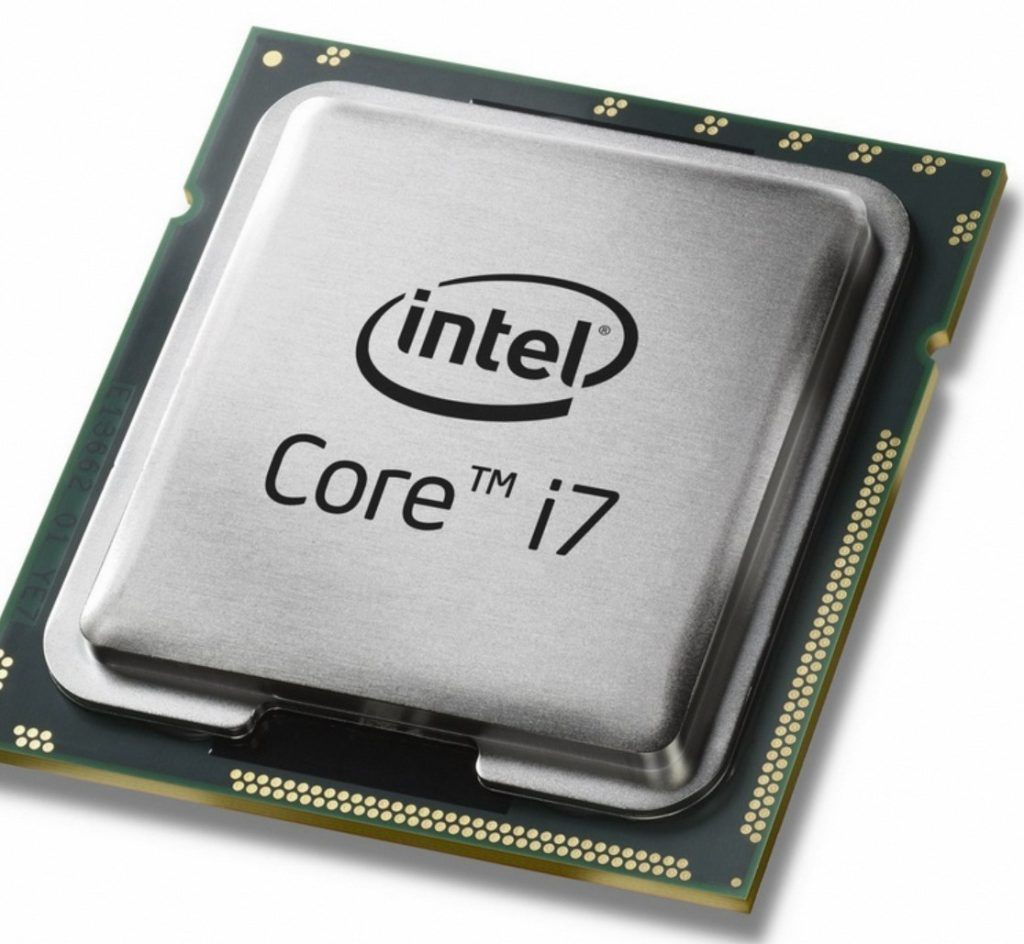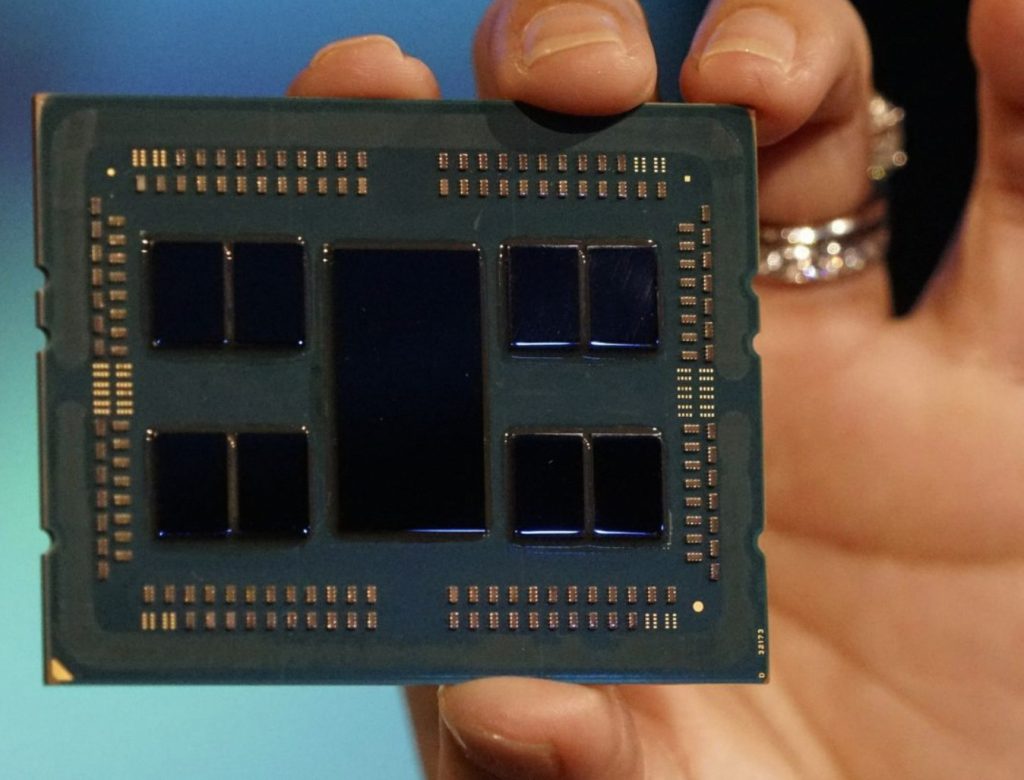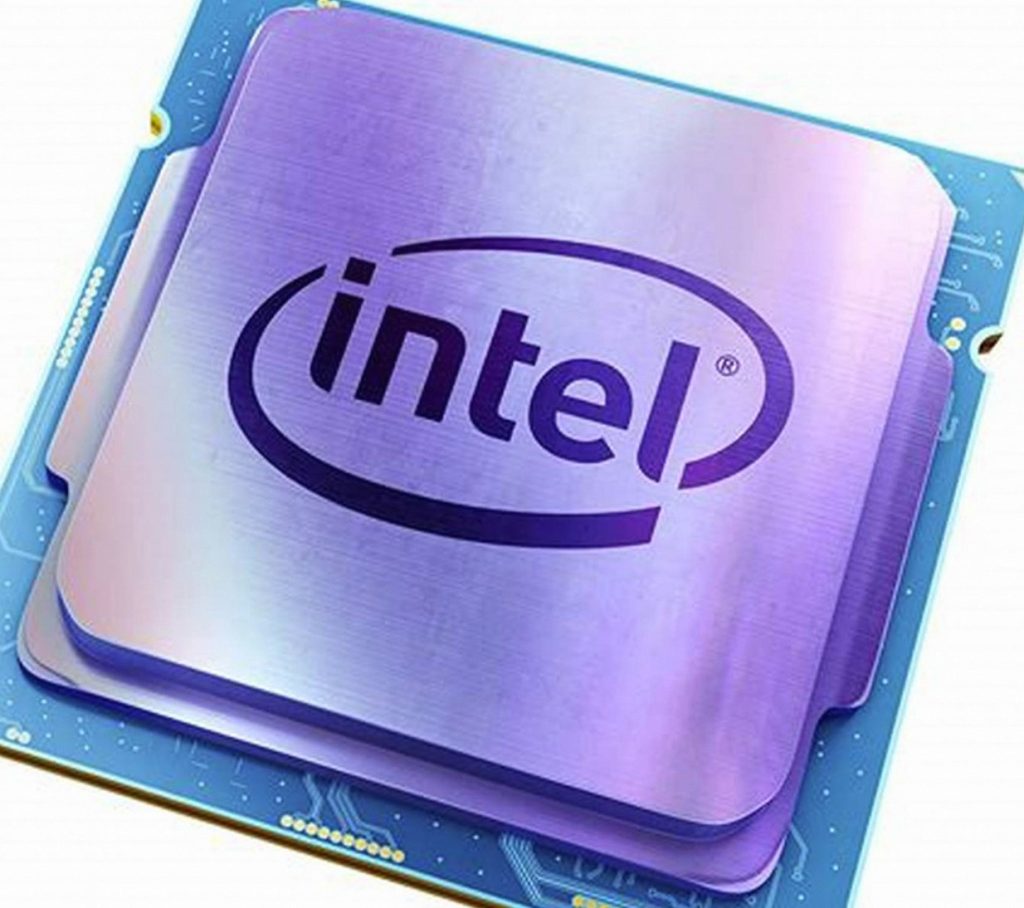Undervolting your CPU is a technique that involves reducing the voltage supplied to the processor. This can lead to several benefits, including lower operating temperatures, improved efficiency, and even a potential performance boost. However, it’s important to understand the process and potential risks before diving in. This guide will explore the world of undervolting, outlining its benefits, steps involved, and safety considerations.

Part 1: Unveiling the Benefits of Undervolting
1. Lower Operating Temperatures:
Undervolting’s primary benefit lies in its ability to reduce CPU temperature. By decreasing the voltage supplied, you inherently reduce the amount of power the CPU consumes, leading to less heat generation. Lower temperatures not only improve system stability but also extend the lifespan of your CPU.
2. Improved Efficiency and Potential Performance Gains:
With less power required for operation, undervolting can lead to improved efficiency. Your computer will consume less power overall, which can translate to lower electricity bills and quieter operation due to reduced fan noise. Additionally, in some cases, undervolting can lead to a slight performance boost. By reducing thermal throttling (when the CPU slows down to avoid overheating), undervolting can allow the CPU to maintain higher clock speeds for longer durations, resulting in a potential performance improvement.
Part 2: Before You Begin: Understanding the Undervolting Process
1. Assessing Compatibility and Risks:

Not all CPUs are created equal when it comes to undervolting. While modern Intel CPUs generally offer undervolting capabilities, AMD processors typically have less flexibility in this regard. Before attempting to undervolt, research your specific CPU model to ensure compatibility and understand the potential risks. Undervolting can lead to instability if not done correctly, so proceed with caution.
2. Gathering Information and Tools:
Once you’ve confirmed compatibility, gather the necessary information. Your motherboard manual and online resources specific to your CPU model will be crucial in understanding the undervolting process and safe voltage ranges. Additionally, you’ll need software tools like CPU monitoring utilities (e.g., HWMonitor) and software for adjusting voltage settings (specific to your motherboard manufacturer).
Part 3: The Undervolting Process: A Step-by-Step Guide (General Overview)

1. Entering BIOS/UEFI Settings:
The process of undervolting typically involves accessing your motherboard’s BIOS or UEFI settings. This can be done by restarting your computer and pressing a specific key combination during boot (often Del, F2, or Esc). Consult your motherboard manual for specific instructions.
2. Locating Voltage Settings:
When accessing the BIOS/UEFI settings, it is important to navigate to the section that controls the CPU voltage for optimal performance and stability. The specific location and terminology might differ depending on the brand and model of your motherboard. Look for settings such as “CPU Core Voltage” or “CPU Vcore.” These settings allow you to adjust the voltage supplied to the CPU, which can impact its performance and power consumption. By fine-tuning the CPU voltage settings, you can potentially optimize the balance between performance and power efficiency. This, in turn, can lead to improved system responsiveness and reduced energy consumption. Additionally, adjusting CPU voltage can also be beneficial for overclocking, as it can provide the necessary power to support higher clock speeds while maintaining stability. Always exercise caution when adjusting voltage settings, as improper adjustments can lead to system instability or damage.
3. Applying Small Voltage Reductions:

It is crucial to exercise caution and start with small voltage reductions when adjusting CPU settings. Begin by lowering the voltage by a minuscule amount, for example, 0.05 volts, to initiate incremental changes. After making the adjustment, save your changes, exit the BIOS/UEFI settings, and restart your computer for the new settings to take effect. By taking this cautious approach, you can assess the impact of the voltage reduction on your CPU’s performance and stability. Observing the system’s behavior after each adjustment is essential to ensure that the changes do not compromise the system’s reliability or performance. This gradual process allows you to fine-tune the CPU voltage settings safely and effectively. Additionally, monitoring the system for any signs of instability or unexpected behavior after each adjustment can help you determine the optimal voltage for your CPU without risking potential damage or system instability.
4. Stress Testing and Stability Checks:
After making adjustments to the CPU voltage settings, it is essential to conduct stress tests to evaluate the system’s stability. Stress-testing tools such as Prime95 or AIDA64 Stability Test can be utilized for this purpose. Running these tests allows you to assess how your system responds to the changes in voltage under demanding conditions. If your system experiences crashes or exhibits instability during the stress tests, it indicates that the voltage reduction may have been too aggressive. In such instances, consider increasing the voltage slightly and repeat the stress-testing process. By gradually adjusting the voltage and repeating the stress tests, you can find the optimal balance between voltage reduction and system stability. This iterative approach enables you to fine-tune the voltage settings, ensuring that the system remains stable and reliable under various workloads and usage scenarios.

Part 4: Safety Considerations and Conclusion
1. Prioritizing Stability Over Aggressive Undervolting:
The primary objective in undervolting your CPU should be to find a balance between reducing temperatures and maintaining system stability. It is important to prioritize stability over achieving the lowest possible voltage. While lowering the voltage can lead to reduced temperatures and potentially lower power consumption, it’s crucial to avoid pushing for the absolute minimum voltage if it compromises the stability of the system. It’s better to slightly increase the voltage to ensure stability rather than risking system instability or crashes. As you undervolt, continuously monitor the system for any signs of instability or erratic behavior. By striking a balance between lowering the voltage and ensuring system stability, you can optimize the performance and energy efficiency of your CPU without jeopardizing its reliability. Prioritizing stability over achieving the lowest voltage can help to maintain a consistent and reliable computing experience.
2. Documenting Changes and Reverting if Needed:
Always document the voltage settings you modify in your BIOS/UEFI. This allows you to revert to your previous settings if you encounter any issues. Remember, undervolting requires patience and a cautious approach.
Undervolting your CPU can be a safe and effective way to improve efficiency, reduce temperatures, and potentially gain a slight performance boost. However, it’s important to research compatibility, understand the risks, and prioritize stability throughout the process. By following these guidelines and taking a cautious approach, you can unlock the potential benefits of undervolting your CPU and enjoy a cooler, quieter, and more efficient computing experience.



